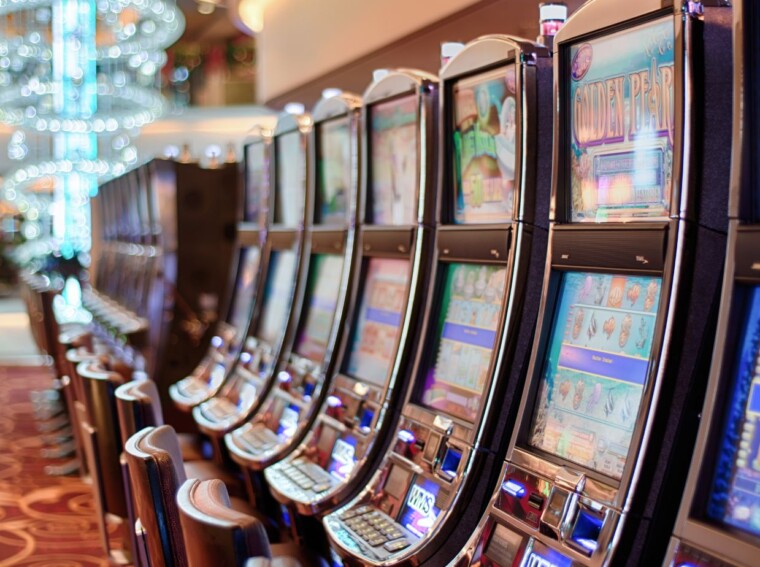Why RTP Matters in Sweepstakes Slots
Return to player, or RTP, is the small percentage shown in a slot’s info panel, but it tells a big story. In sweepstakes casino-style slots, that number describes how the game is designed to share virtual coins with players over a huge number of spins.
Sweepstakes platforms use RTP so fans can compare games, manage their coin balance, and enjoy entertainment with clearer expectations, so understanding the number makes sessions feel more transparent, even when results jump around from spin to spin.
RTP Basics in Slots
RTP is a long-term average. Imagine tracking every spin a slot has ever taken and adding up all the virtual coins that went in and came back out. The RTP shows how many of those coins are designed to return to players over time.
A 96% RTP slot, for example, is built so that around 96 coins are paid back for every 100 coins wagered, measured over millions of spins.
An excellent explainer that goes into great depth about RTP is Zula Casino’s guide, “What does RTP mean in slots?”, but the crucial idea is that RTP is not a prediction for a single evening. Short sessions can swing far above or below the percentage because each spin is produced by a random number generator, not by a memory of what happened before.
How RTP Works in Sweepstakes Casino Games
In sweepstakes casino games, RTP works the same way but with in-game currencies such as Gold Coins and Sweeps Coins.

Game providers design reels and paytables so that, over time, a predictable share of total play is recycled into prizes, and independent testing labs verify that the underlying math lines up with the published RTP.
- Fairness snapshot: shows the share of overall play a game is built to return.
- Session planning: higher RTP usually supports longer, smoother sessions.
- Game comparison: helps players choose between similar-looking slots.
RTP, Volatility, and Hit Frequency
RTP is only one part of how a slot feels. Volatility describes how bumpy the ride can be, while hit frequency describes how often any win lands.
Two slots can share the same RTP, but a low-volatility game may produce frequent small hits, and a high-volatility game may save more of its returns for rarer, larger payouts. The trio of RTP, volatility, and hit frequency explains why one game feels calm and another feels dramatic.
Bottom line: RTP tells how generous a slot is designed to be over time, while volatility and hit frequency describe how that generosity is delivered.
Using RTP Percentages To Choose Fun Slots
RTP becomes a handy filter when browsing sweepstakes slots. Most games list their payout percentage in an information, help, or settings menu. Checking this number before spinning helps players pick games that suit their budget and session length.
As a general guide, higher RTP supports more play from the same virtual coin balance than lower RTP, although wins still arrive randomly, so players who enjoy relaxed sessions may lean toward higher-RTP, lower-volatility titles, while fans of bigger swings may prefer high-volatility games.
Whatever the choice, the goal is to match the game’s personality with a comfortable coin budget.
Key Takeaways on RTP and Sweepstakes Slots
In sweepstakes slots, RTP is best viewed as a long-term yardstick, not a promise for tonight’s session. It explains how a game is set up to recycle virtual coins into prizes over huge numbers of spins.
Used alongside volatility, hit frequency, and sensible bankroll habits, RTP becomes a friendly tool for choosing where to spin and keeping play fun.
